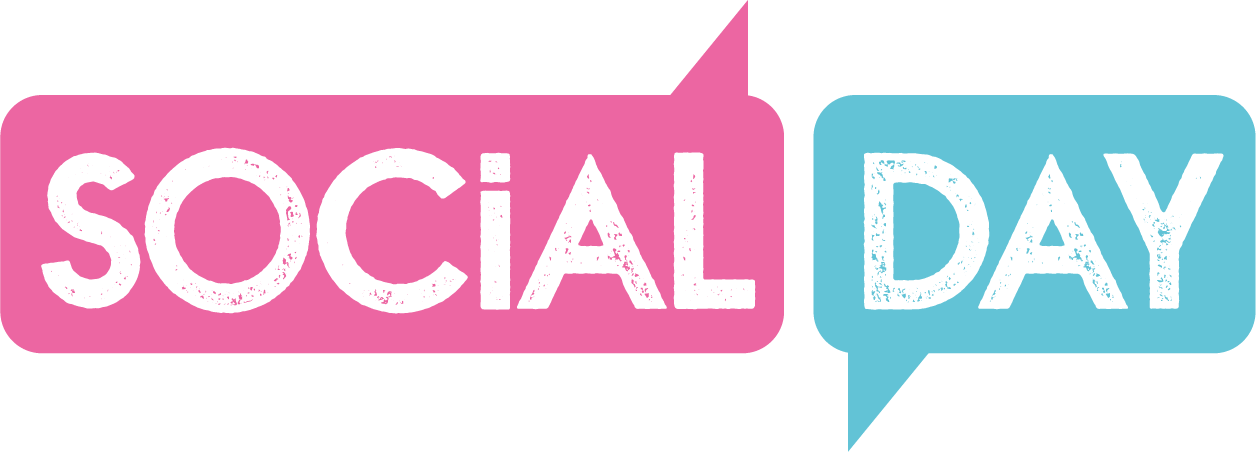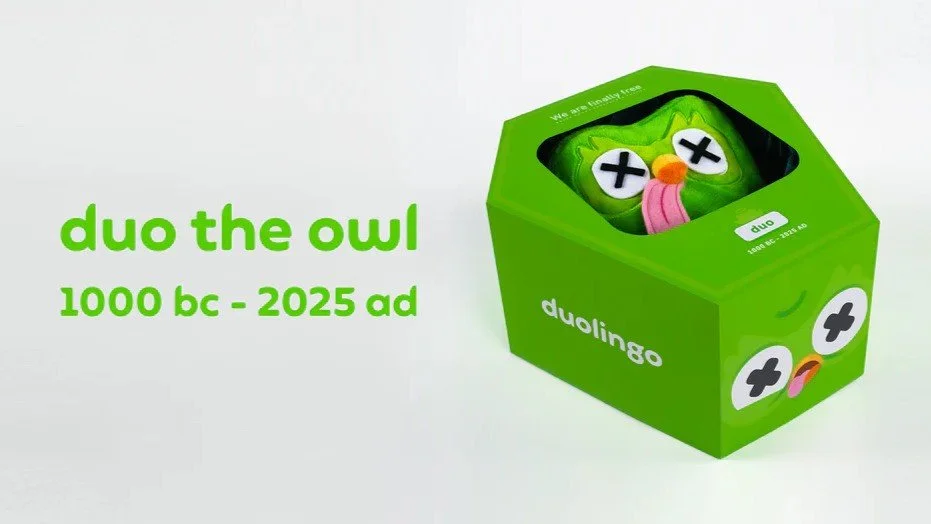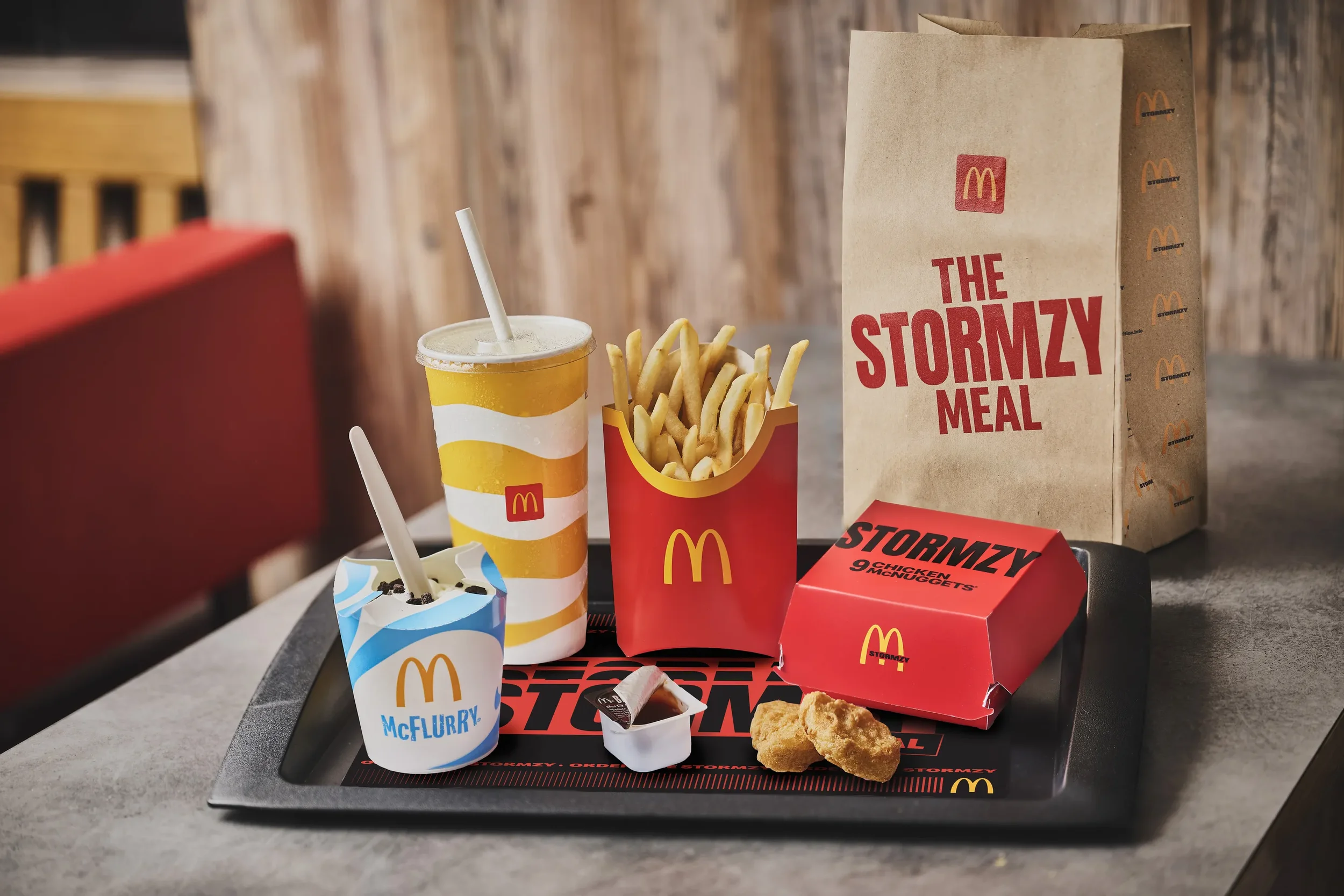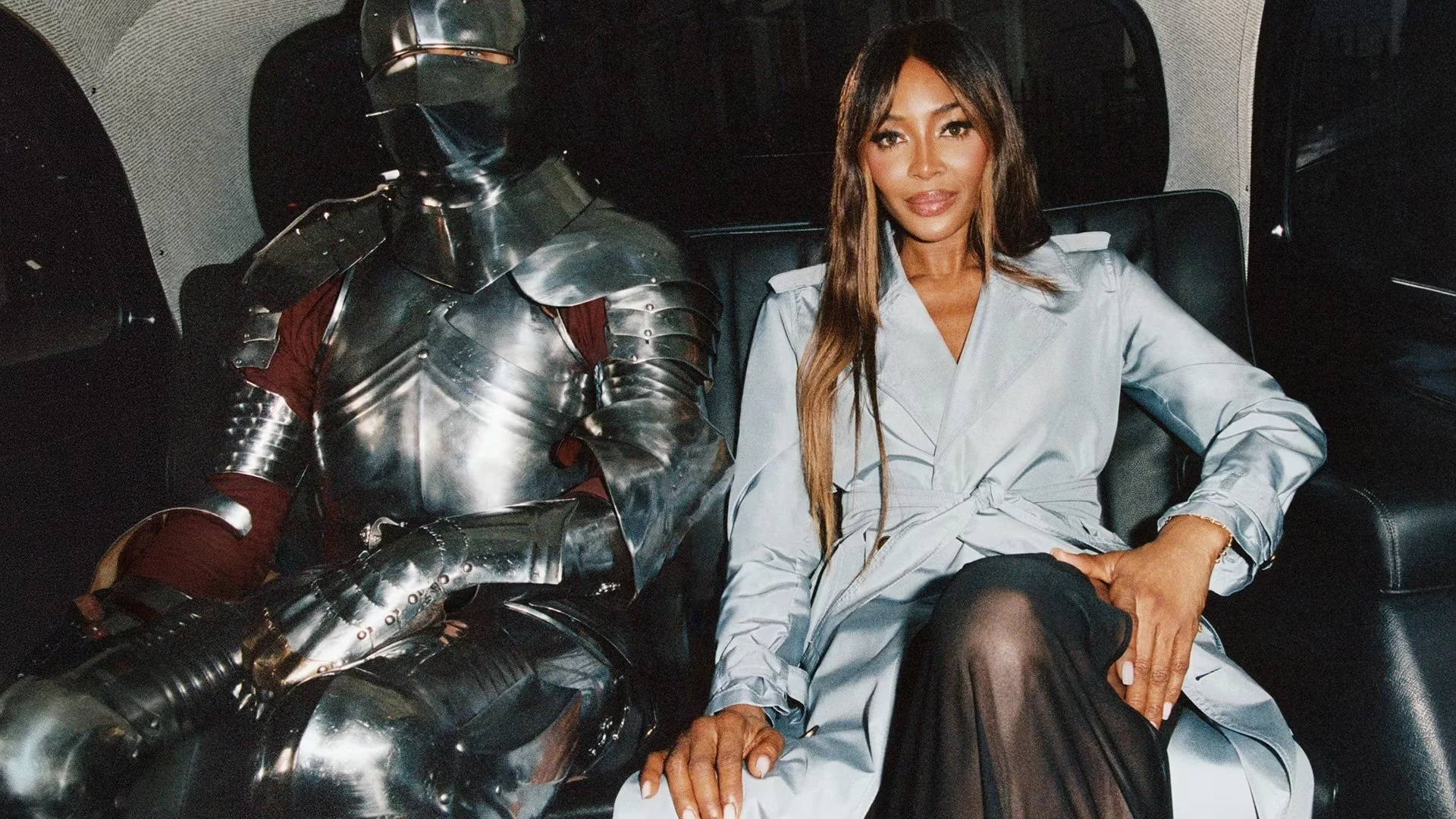The Top Social Media Campaigns of 2025
What We Loved and What We Learned
2025 was the year social campaigns went cinematic. Brands didn’t just post – they told stories, built anticipation, and created worlds people actually wanted to step into. Whether it was humour, nostalgia, or heritage, the best campaigns this year understood something simple but powerful: social media isn’t about broadcasting anymore, it’s about belonging.
Here are five campaigns that we think nailed it – and what we can take away from each.
1. Duolingo – “Duo’s Death”
Only Duolingo could “kill off” its own mascot and somehow make the internet care. In April, the brand dropped a cryptic post announcing the death of Duo the Owl, sending its followers into a frenzy. What followed was a masterclass in narrative marketing. Across TikTok, Instagram, and X, Duolingo built out a mystery: users speculated about what happened, fan accounts created tributes, and the brand fuelled the drama with tongue-in-cheek comments and mock “memorial” content.
A few days later, Duo was resurrected – complete with dramatic video reveal, new app visuals, and a fresh wave of memes. What made it work wasn’t just the humour; it was how the brand treated social media like a stage, not a noticeboard. They didn’t push a product; they told a story. The whole thing tapped into that chaotic, self-aware personality Duolingo has perfected, reminding us that storytelling and community emotion drive engagement far more than polished promotion ever could.
2. McDonald’s UK x Stormzy – “The Big Mike Order”
McDonald’s has been on a roll when it comes to social-first collaborations, but this year’s tie-up with Stormzy hit a different level. Dubbed “The Big Mike Order,” the campaign invited fans to “order like Stormzy” – featuring his go-to meal, custom packaging, and a flood of behind-the-scenes creator content.
Photograph: Red Consultancy
The key here was cultural authenticity. Stormzy wasn’t just a celebrity face; he’s a voice of a generation, someone who feels grounded in British culture. TikTok was the main stage, with short, funny, and highly shareable videos showing fans trying “The Big Mike Order” or dueting with the man himself. The result? A social moment that actually translated into real-world sales and record engagement among Gen Z audiences.
It’s a reminder that when brands meet audiences where they already are – musically, socially, and culturally – they earn real attention. The creative may look effortless, but behind it was a deep understanding of audience identity.
3. Blank Street – “Spring Matcha Drop”
Independent coffee chain Blank Street proved that small brands can make big waves. Their Spring Matcha Drop launched a limited-edition “Strawberry Shortcake Matcha” with an aesthetic straight out of 2005. Think flip phones, Tamagotchis, pastel stickers, and Y2K nostalgia galore.
They leaned into the visual trends dominating TikTok and Instagram, creating a feed that felt like a scrapbook of early-internet joy. But it wasn’t just an online play – Blank Street backed it with IRL activations across London and New York, complete with photo-ready backdrops and influencer pop-ups. Customers filmed themselves trying the drink and shared it to the brand’s trending sound, creating thousands of pieces of organic content within days.
What worked was how cohesive it felt. Every detail – from the product colour to the filters used in videos – told one unified story. For a relatively small brand, that’s the power of owning an aesthetic. You don’t need a million-pound budget if your campaign is distinctive, visual, and emotionally familiar.
4. Burberry – “It’s Always Burberry Weather: London in Love”
Image © Burberry
Burberry returned to its roots this year with “London in Love”, a campaign that felt both romantic and refreshingly modern. Against the backdrop of rainy streets, city lights, and classic trench coats, the brand created a social-first campaign that celebrated London as both muse and metaphor.
Short-form videos and behind-the-scenes clips gave it cinematic warmth, while influencer and creator collaborations brought fresh eyes to the luxury label. The emotional centrepiece – “It’s Always Burberry Weather” – turned what could’ve been a tagline into a cultural mood.
What set this apart was restraint and control. The visuals were beautiful but not overproduced. The messaging was classic but current. Burberry managed to take its timeless identity and give it the pacing and intimacy social content demands. For marketers, it’s a masterclass in balancing brand heritage with modern storytelling – proof that even century-old brands can feel completely of the moment.
5. Estée Lauder x Kenz Lawren – “Beauty as Art”
Image © Estée Lauder
When Estée Lauder announced its collaboration with artist and designer Kenz Lawren, few expected it to become one of the most talked-about beauty drops of the year. But their “Beauty as Art” campaign turned makeup into a creative movement.
Through cinematic Reels and editorial-style short videos, the brand blurred the line between cosmetics and fine art. Each post told a story about transformation – not just the face, but identity and creativity. Kenz Lawren’s influence was clear: the visuals were rich and deeply human.
The campaign also stood out for how it integrated creators. Instead of relying on glossy influencer partnerships, Estée Lauder invited a range of digital artists to remix and reinterpret the campaign visuals, turning social media into an evolving art gallery. The result was engagement that felt organic and genuinely inspired. For beauty brands looking to break formula fatigue, this was the blueprint: collaborate boldly, invite participation, and make your audience co-creators.
6. Gap – “Better in Denim” ft. KATSEYE
Image © Gap
If 2025 had a single “pop culture meets fashion” moment, it was Gap’s “Better in Denim” campaign. Dropping in August, it starred the global girl group KATSEYE and came with a remix of Kelis’s “Milkshake” that you couldn’t escape on TikTok.
The campaign leaned hard into Y2K nostalgia – low-rise jeans, chunky belts, flip phones, and bubblegum-pink everything. But it didn’t feel forced. It felt like the 2000s had been reimagined for 2025. Within hours of launch, fans were recreating choreography, posting side-by-side videos, and sharing outfit inspo using the campaign’s audio.
What made this campaign work was how confidently it merged fashion and fun. Gap didn’t just showcase clothes; it created a cultural moment. By letting creators and fans drive the conversation, the brand positioned itself as part of the cultural moment rather than a legacy label chasing relevance. The takeaway? Nostalgia isn’t about looking back – it’s about remixing what people already love into something new, visual, and irresistibly shareable.
7. Snapchat – “Say It In a Snap”
By September, social fatigue was real. Feeds were loud, algorithms unpredictable, and audiences tired of performative perfection. That’s when Snapchat dropped “Say It In a Snap”, a global campaign that flipped the script – reminding users what the app was built for in the first place: connection, joy, and the small moments that don’t need filters.
The campaign mixed short-form creator content, AR lens activations, and localised storytelling across markets like the UK, Australia, and the US. Instead of showing influencers performing for the camera, Snapchat showcased people being unapologetically themselves – laughing, sharing inside jokes, and using the platform’s tools in the natural, spontaneous way most of us actually do.
The brilliance of “Say It In a Snap” was how it addressed a wider cultural mood. It wasn’t selling features; it was selling feeling. Snapchat reminded everyone that social media doesn’t have to be serious to be meaningful. It can still be fun – and that’s the energy we all needed heading into 2026.
Lessons From The Campaigns
The best campaigns of 2025 shared one thing in common – they didn’t treat social media as a megaphone, but as a canvas. They told stories people wanted to join, used formats native to each platform, and built emotional connection instead of chasing empty reach.
A few consistent lessons stand out:
Story and shareability beat pure promotion. Campaigns that offered a moment, a feeling, or an experience were the ones people remembered.
Platform-native matters. It’s not just about posting everywhere – it’s about understanding the language, pace, and personality of each space.
Culture, collaboration, and creativity drive relevance. Whether through creators (Stormzy), trends (Blank Street’s Y2K moment), heritage (Burberry), or art (Estée Lauder), each brand found its way into culture.
A business or community link builds credibility. The strongest ideas connected engagement to something tangible – sales, identity, or real-world impact.
Smaller brands can still win big. Niche focus, smart activation, and visual storytelling often beat scale.
So, if you’re planning your next campaign, take a cue from this year’s standouts:
Lead with story, not slogan.
Design with the feed in mind.
Collaborate with culture, not just creators.
Build anticipation, not just awareness.
And always make it shareable, not just sellable.
Latest Social Media News and Features










